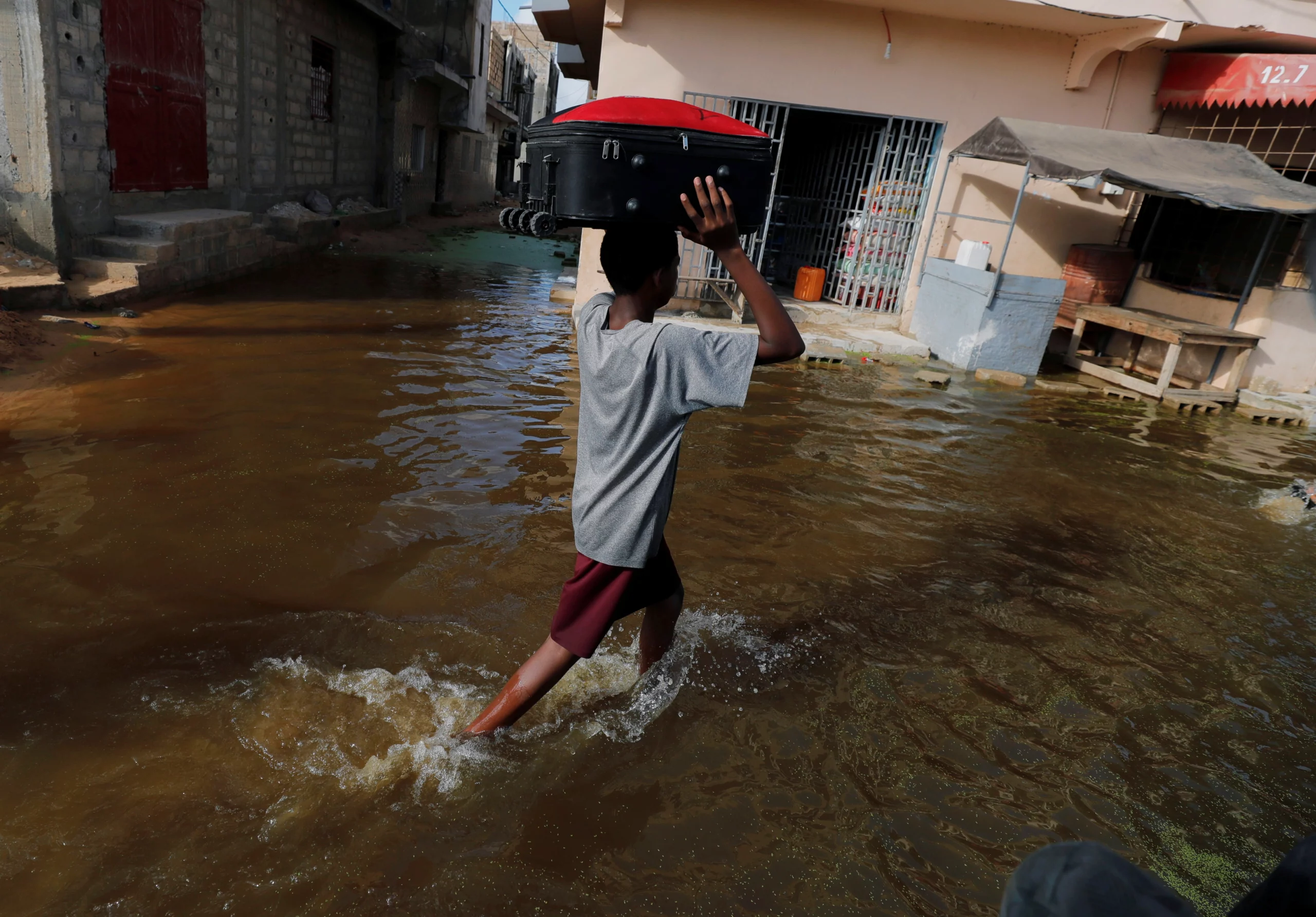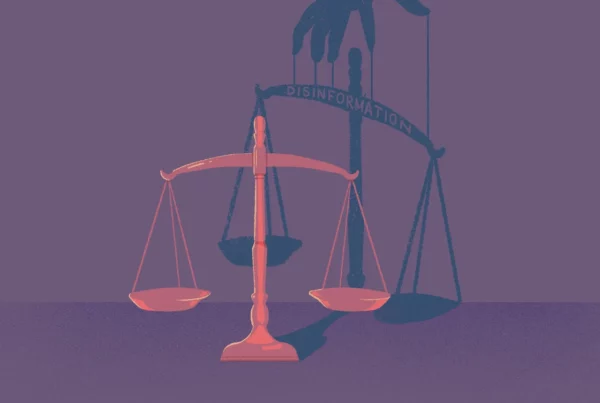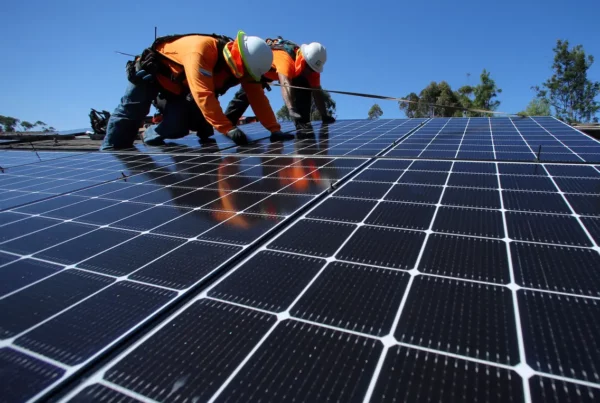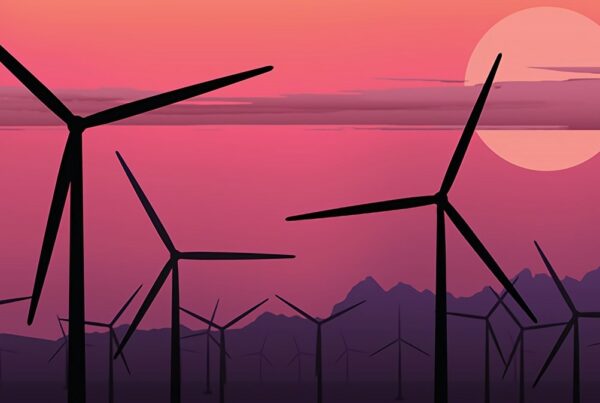Climate change is no longer a distant threat. Climate-induced droughts, floods and locust invasions in Africa are causing intense economic and human impacts across the continent. For developing countries worldwide, it is no longer enough to mitigate the climate crisis, climate adaptation is needed to build long-term resilience, survive and thrive.
For the first time, the urgent need to adapt to climate change will take centre stage at this year’s UN climate summit. At COP27 (November 6-18, 2022) in Sharm El-Sheikh, Egypt, the global community must address this present and intensifying crisis.
Africa’s compounding disasters
The devastating impacts of climate change have taken hold across the continent. Three years of drought in Madagascar means millions are suffering famine. Severe floods in the south have killed hundreds of people and displaced tens of thousands more. Drawn in by heavy rain, vast swarms of locusts in the Horn of Africa have devoured vital crops. A warmer climate means malaria-bearing mosquitos are worsening the burden of disease.
The consequences of COVID-19 and rising food and fossil fuel costs are compounding these climate-induced disasters. As foreign direct investment and tourism suffer, the Africa Union estimates the pandemic will cost the continent up to US$500 billion with a loss of 20 million jobs.
Climate change impacts will worsen without action
The world faces unavoidable and multiple climate hazards should the global temperature exceed 1.5°C, warned the Intergovernmental Panel on Climate Change (IPCC) this year. Some changes will be irreversible. The cascading impacts of different weather extremes are becoming increasingly difficult to manage, exposing millions to acute food and water insecurity. People in Africa, Asia, Central and South America, small island states and the Arctic are most at risk.
Already, humid heat is linked to 650 billion hours of lost labour — the equivalent of 148 million full-time jobs. Maize crop yields could shrink by a quarter by 2030, when hunger is already soaring worldwide. Hundreds of millions of people are at risk of becoming climate refugees as extreme weather and disasters make areas uninhabitable. Every day of delay is a lost opportunity to secure a safer future.
What does climate adaptation entail?
Adaptation is about helping people adapt to climate impacts in a way that reduces emissions and drives sustainable development. Solutions vary widely across communities, countries and regions, meaning investments must be designed around local needs. Some adaptation needs are incremental, and others transformational.
Adaptation measures to build local long-term capacity could include:
-
- Planting crops that can survive extreme weather and maintain healthy soils
- Restoring mangroves that protect coastal communities from rising seas
- Setting up early warning systems for storms
- Expanding urban green spaces that absorb heat and clean the air
- Re-designing buildings that stay cool in an energy-efficient way
- Building flood barriers and sea walls
- Relocating towns and villages from at-risk areas
Adaptation could also include simple changes to working conditions:
-
- Creating compulsory rest breaks in the shade
- Providing free drinking water
- Shifting work hours to cooler times of the day
- Providing protective clothing that keeps people cool
Wealthy nations must deliver climate adaptation funding
The countries most severely impacted by climate change also contributed the least. These most affected nations are already setting plans to adapt and reduce emissions, but lack access to finance, capacity and technology. Many are also struggling with mounting debt.
Developed countries, along with the G20, must not evade their moral and economic duty to help these most at-risk countries adapt. A promise of US$40 billion in annual adaptation support is a fraction of what’s needed — African countries alone need about US$700 billion annually from 2025 to adapt. Nations must also deliver on their promise to mobilise US$100 billion per year of climate finance, including international development aid for the clean energy transition.
Wealthy nations need to recognise that adaptation funding is good for business and pays for itself many times over in multiple benefits. For example, investing in agricultural development could be up to 11 times more effective for poverty reduction than any other sector.
A joined-up approach to adaptation and mitigation
Climate adaptation and mitigation must go hand-in-hand. Efforts to reduce emissions can also advance community resilience and broader sustainable development. For example, solar panels and battery packs can simultaneously reduce fossil fuel reliance, supply energy in disconnected areas and provide lighting to enable people to work during cooler hours. Such measures will help communities and countries to thrive in spite of climate impacts.
COP27 is the moment for governments, investors and businesses to convene to unlock urgently needed adaptation finance now. As the African backdrop makes clear — the climate crisis has already arrived.





